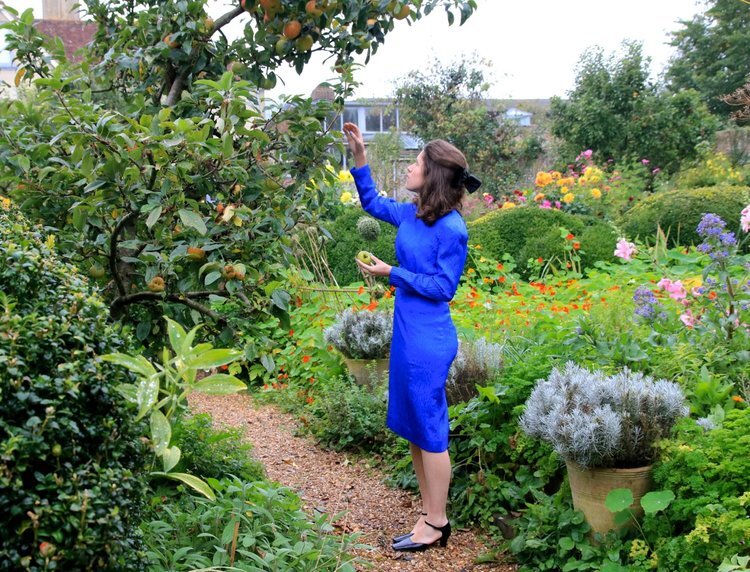Hi!
I just wanted to say hi, and that I that the dahlias are finally flowering and I am still thinking about plants. All the time.
I can’t shake this underlying sense that the plants are the most important. More important than anything really. And of course I have been reading books titled ‘Timeless Simplicity’ and ‘The Art of Frugal of Hedonism’ (both up there in my current ‘How to Live’ reading material). And then straight away buying sillily expensive soap, but it does smell nice (the olive oil is my favourite).
And here I am, with tiny snippets of time, to read, to put the washing on, to clean the porridge off the floor yet again (the baby is a chucker), to reply to my whats apps, to continuously move objects about the house (you might call it tidying) and to just sit and drink my coffee. And write, I really want to write.
I have also been reading ‘Cairn’ by Kathleen Jamie, I love the permission she gives me to dip in and out, a short poem or piece of prose, something thoughtful. Her writing is wonderful and wandering, reflective and soothing, and tinged with a little melancholy.
And back to the plants. They are infiltrating. I’ve made my veg box UK seasonal, and we’re looking at a lot of leeks and potatoes and squash (we’ll see how long it takes for M to notice), so recipes are coming from ‘Vegetables’ Mark Diacono & ‘Root, Stem, Leaf, Flower’ Gill Meller, mostly.
My Plant of the Week
This little person is currently sitting on my kitchen island, and I catch a drift of it’s captivating cedary scent as I am going about my kitchen days.
It was discovered by nose, in the end of day sunshine at a plant fair, just as Potash Nurseries were packing up. And home it came with me in a little brown paper bag on the bus and train, to fill my home with its magical fragrance.
Pelargonium quercifolium
Pelargoniums have always befuddled me, are they a Geranium, are they not?
It turns out they are sort of a Geranium, or at least they are part of the Geraniaceae family, which includes Geraniums, Erodiums and Pelargoniums. Each of these is derived from a Greek word for a bird, as the seed pod look rather like a beak - geranion, the crane, erodios, the heron and pelargos, the stork.
So the Pelargonium is the stork, and it turns out quercifolium has flown in from South Africa. This tender perennial prefers warmer climes, and in the UK is happiest in a sunny indoor spot, braving the great outdoors late in May.
The confusion seems to be that when the Pelargonium first arrived in the UK somewhere between 1631 and 1710, it was named first as a Geranium. And people went on calling it a Geranium long after it officially became a Pelargonium in 1738, and some still do.
The quercifolium part indicates it has ‘oak-shaped leaves’ - an oak tree in botanical Latin is Quercus. It’s a subshrub (that will grow to smaller than a shrub shrub), and the leaves are dark green, and can be a little rough and hairy.
Hopefully it will produce pretty pink flowers with darker mauvey pink markings on the two most prominent petals, nectar guides for the pollinators.
And it it has the most wonderful scent, some say balsam, others say cedar. For me it reminds me of the Tresco Abbey Gardens, that amazingly strong, unusual, deeper than citrus, cedarwoody wonderfulnesss.
To round off, Christopher Lloyd in ‘The Well-Tempered Garden’ (who is about the only person who mentions this rather super plant) says, ‘The oak-leaved Pelargonium quercifolium, with it’s crinkly, fresh-smelling leaves, needs a richer diet than most and will then make a handsome plant, studded with clusters of small cherry-red flowers, darkly blotched’.
I am really quite taken with mine, and will be tending to it with great care this winter-time.
Alice x

